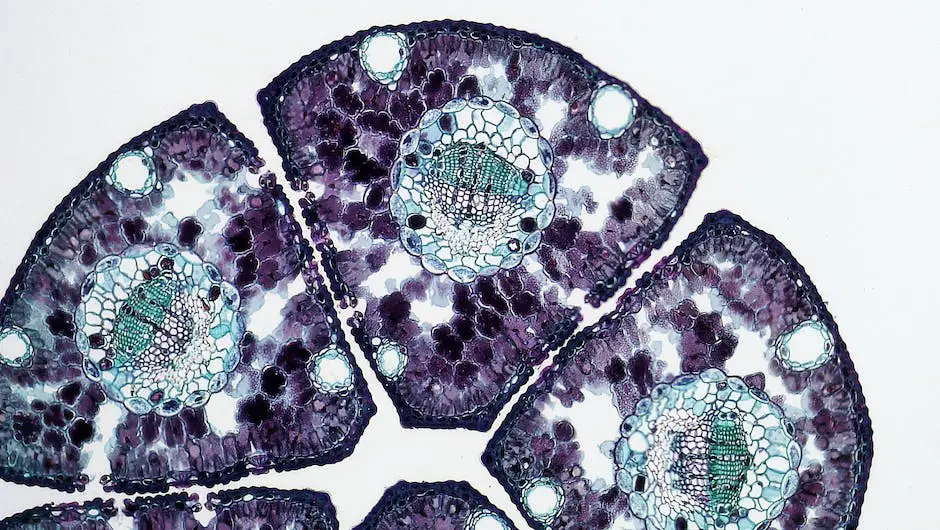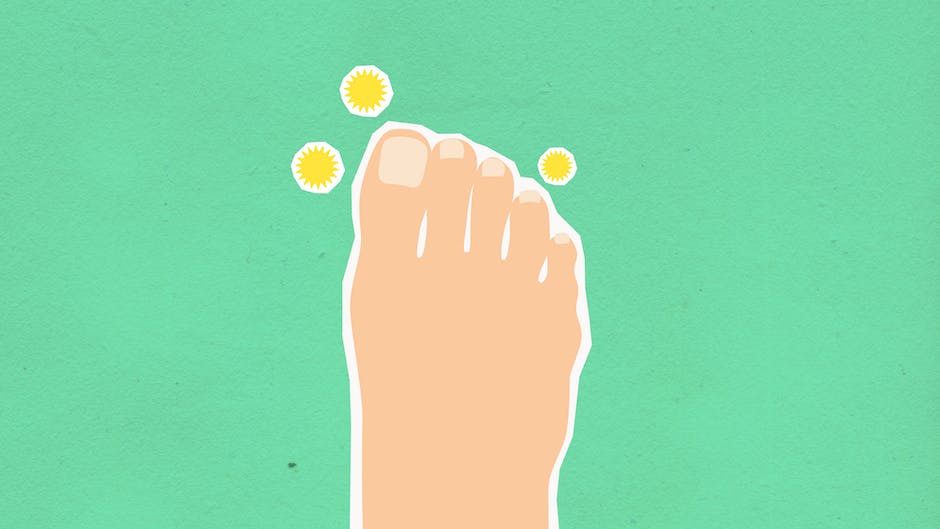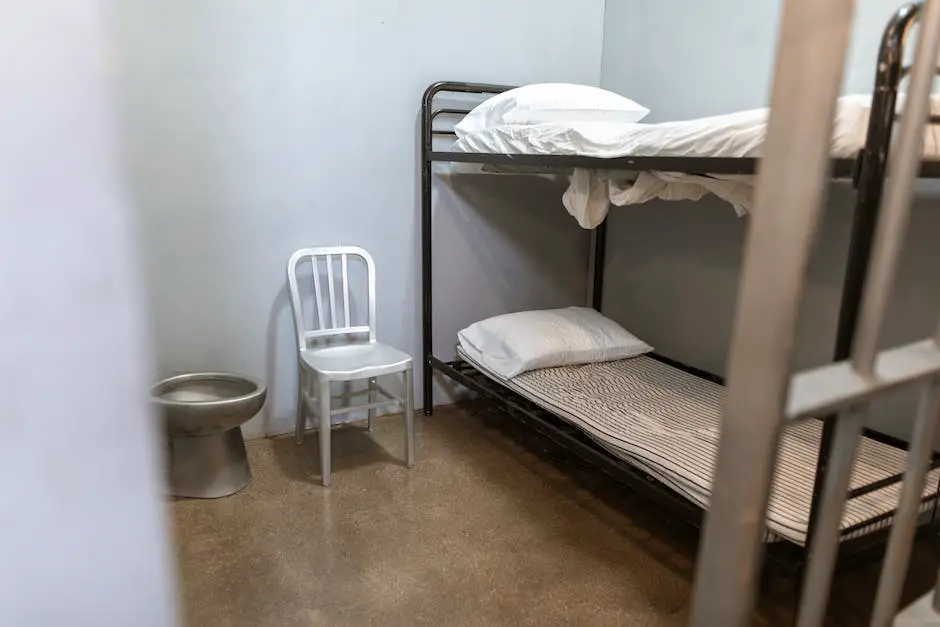Basal Cell Carcinoma (BCC), a form of non-melanoma skin cancer presents itself as a direct consequence of extended exposure to potent sunlight and ultraviolet (UV) radiation. Though not typically aggressive in nature, its insidious growth is continuous and slow, leading to diverse forms, appearances, and affected regions. This condition, when left untreated for an extended period, such as ten years, evolves significantly, profoundly impacting the quality of life of affected individuals. The following discourse aims to enlighten the general public about the progression, health implications, prevention strategies and treatment options regarding this disease, advocating for early detection and management to reduce its potential disfigurement and distress.
Definition and Overview of Basal Cell Carcinoma
Basal Cell Carcinoma: Definition and Overview
Basal cell carcinoma (BCC) is a type of skin cancer that originates in the basal cells, which are cells within the skin that produce new skin cells as old ones die off. This is the most common form of skin cancer, prevalent in areas of the skin that receive frequent exposure to the sun such as the face and neck but can appear anywhere on the body. It’s noted for its slow growth but persistent nature, underscoring its non-aggressiveness but resilience.
Despite being cancerous, basal cell carcinoma is rarely life-threatening, but it can cause considerable damage and disfigurement to the skin and surrounding areas if left untreated. It is commonly presented as a waxy bump, or as a flat, flesh-colored or brown scar-like lesion.
Primary Cause: Sun and UV Exposure
The primary cause of basal cell carcinoma is prolonged exposure to strong sunlight or ultraviolet (UV) radiation. This exposure causes DNA damage in skin cells, specifically basal cells, leading to modifications in how these cells grow and divide. Over time, accumulated damage can lead to out-of-control growth or cancer. Indoor tanning beds, which emit UV radiation, have also been linked to an increased risk of basal cell carcinoma.
Risk Factors
Several risk factors are known to increase the likelihood of developing basal cell carcinoma. This includes fair or light skin color, a history of sunburns or heavy sun exposure, increasing age, exposure to radiation, a history of skin problems or chronic skin inflammation, and a family history of skin cancer.
Untreated Basal Cell Carcinoma Over 10 Years
The slow-growing yet persistent nature of basal cell carcinomas makes them uniquely dangerous if left untreated over long periods. A basal cell carcinoma that exists untreated for 10 years might continue to grow slowly, but its impact should not be underestimated. It can invade and destroy neighboring tissues, make its way into nerves or bones, causing significant disfigurement.
While basal cell carcinoma rarely metastasizes or spreads to other parts of the body, the longer it remains untreated, the greater the chance for such an event to occur. Notwithstanding the very low death rate associate with BCC, untreated situations can indeed be life-threatening.
Individuals who suspect they may have a basal cell carcinoma should seek medical advice promptly to prevent any potential long-term damage or complications that could arise from overlooking or deferring treatment. It’s crucial to remember that while basal cell carcinoma grows slowly, it still requires prompt action to curtail its longevity and potential impact.
Basal Cell Carcinoma: The Most Common Skin Cancer in America
According to statistics, approximately 80% of non-melanoma skin cancers in the United States are basal cell carcinomas (BCC), making it the most prevalent form of skin cancer in the country. Around 30% of Americans are expected to develop BCC at some point in their lives. The rising prevalence is primarily due to an increasing aged population and heightened exposure to UV radiation. To mitigate this pressing health issue, emphasis is increasingly being placed on sun protection strategies. These include the regular application of sunscreen, utilization of protective clothing, avoidance of sunlight during peak hours, and the restriction of the use of indoor tanning beds.

Progression of Basal Cell Carcinoma Over 10 Years
What You Need to Know About Basal Cell Carcinoma
BCC is a type of non-melanoma skin cancer that originates from basal cells – the cells situated in the deeper layers of the skin or epidermis. The primary cause of this disease is repeated and sustained exposure to ultraviolet (UV) radiation, either from relentless sun exposure or extensive use of tanning beds. Some of the signs to watch out for include persistent open sores, areas of red skin, shiny bumps, or growths having slightly raised, rolled edges with a central indentation. Such growths may, at times, ooze, crust, or bleed, resembling a wound or pimple that just doesn’t heal.
Progression Over Ten Years
Over the span of ten years, untreated basal cell carcinoma can dramatically evolve. While it grows slowly compared to other forms of cancer, it can still cause significant destruction and disfigurement. The size of the lesion generally increases, often becoming fleshier and rather rugged in appearance. Moreover, changes can be seen in color, usually shifting to a more pronounced or unnatural hue. It might bleed spontaneously or form ulcers that fail to heal for weeks, becoming crusty, and may give off a foul smell due to necrosis (death of body tissue).
Detrimental Effects of Neglect
The primary issue with leaving a basal cell carcinoma untreated for an extended period, such as ten years, is its potential to invade the surrounding tissues and cause substantial local damage. Though it rarely spreads (or metastasizes) to distant organs, it can impact nearby structures causing disfigurement. This is particularly concerning when it occurs near critical areas like the eyes, nose, or ears. For instance, if located near the eye, the BCC can lead to loss of the eye or vision. On the nose, it can lead to extensive tissue loss requiring complex reconstructive surgeries.
Why Some Individuals May Neglect Treatment
People might leave basal cell carcinoma untreated for an extended period for several reasons. Some are unaware they have it, dismissing the initial lesions as merely cosmetic issues, warts, or nonconsequential sores. Others might fear diagnosis and potential treatment, especially older individuals or those with previously diagnosed skin cancers. Some are unable to access or afford healthcare, while others may underestimate the potential harm BCC can cause due to its slow-growing nature and low metastatic potential.
Understanding Key Health Risks: The Importance of Early Medical Intervention
While basal cell carcinoma (BCC) is often not immediately life-threatening, it is crucial to not underestimate its potential for causing significant harm. Recognizing suspicious skin changes and seeking prompt medical advice can prevent escalation. Early diagnosis, followed by effective treatment protocols, can save affected individuals from disfigurement and potential damage to important nearby tissues. Keep in mind that BCC does not typically heal organically and may progressively destruct bodily tissues if neglected for an extended period.

Health Implications of Untreated Basal Cell Carcinoma
Consequences of Prolonged Neglect: The Effects of Untreated Basal Cell Carcinoma
Identified as the most widespread form of skin cancer in the U.S, basal cell carcinoma (BCC) can lead to a host of severe health issues if left untreated, potentially over a lengthy period such as a decade. These can span from localized invasion and disfiguration to emotional distress due to physical appearance changes.
The typical presentation of BCC involves a small, waxy growth commonly located in areas of the body exposed to the sun, like the face and neck. Given its slow-growing nature, BCC might seem less intimidating compared to other skin cancers, but prolonged neglect can let BCC invade adjacent tissues and bones. Consequently, when positioned near crucial structures like the eyes or nose, the ravaging effects can be significantly deforming.
Despite BCC’s uncommon propensity for metastasis (spread to other body parts), the slight chance can’t be ignored. When metastasis occurs, although particularly rare, it usually takes an aggressive course and is coupled with a dim prognosis.
Basal Cell Carcinoma: The Physical and Psychological Impact of Leaving it Untreated
Basal Cell Carcinoma (BCC), a type of skin cancer, can have severe physical and psychological consequences if left untreated. A progressing BCC may significantly alter an individual’s physical appearance, which can negatively impact their body image and self-esteem, leading to feelings of isolation and social anxiety. It’s not just about the physical changes—the disorder’s uncertainties could create an enduring strain on mental health. Individuals living with untreated BCC may face depression, chronic stress, and even post-traumatic stress disorder (PTSD).
This combination of physical and psychological impacts can lead to a damaging cycle, where mental health problems exacerbate physical health conditions and vice versa. As such, BCC left untended should be recognized as a holistic health problem. It impacts and is influenced by the individual’s mental health, lifestyle, and social connections.
Understanding the multifaceted implications of untreated BCC, immediate intervention and treatment should be seriously considered to avoid or lessen these impacts. Healthcare professionals are well-prepared to treat BCC and provide the necessary psychological support to help manage the emotional and mental impact of the disease.

Prevention and Treatment Options
The Prevention Route: Nipping Basal Cell Carcinoma in the Bud
The best way to deal with basal cell carcinoma, a skin cancer largely resulting from overt exposure to ultraviolet (UV) radiation, is prevention. Simple preventive measures can be adopted, such as avoiding sun exposure during peak hours of UV radiation (from 10 a.m. to 4 p.m) and wearing a broad-spectrum sunscreen with an SPF of 30 or more, even on cloudy or cool days. Don’t forget to reapply sunscreen every two hours, or after swimming or sweating for maximum protection.
Wearing sun-protective clothing, such as wide-brimmed hats, long-sleeved shirts, and sunglasses is also beneficial. It’s equally crucial to steer clear of tanning beds and sunlamps, which emit harmful UV rays that can increase your risk of skin damage and BCC.
It’s a good practice to regularly inspect your skin for changes in the number, size, color, or shape of spots or any sores that don’t heal. Consider conducting self-examinations in front of a mirror, soliciting someone’s help to check hard-to-see areas. Remember, early detection can make all the difference when it comes to successful treatment of BCC.
Treatment Options for Basal Cell Carcinoma
The course of treatment for a decade-long untreated basal cell carcinoma depends on factors such as the tumor’s size, type, depth, and location, as well as the patient’s age and general health. Treatment outcomes may be affected by how long the cancer goes untreated and the nature of this cancer type, including its growth pattern.
Surgical methods remain the most common treatment and have a high cure rate. These include Mohs surgery, where thin layers of cancer-containing skin are progressively removed and examined until only cancer-free tissue remains. Excisional surgery involves removing the tumor with a scalpel along with a layer of normal skin around it.
Less common treatments include radiation therapy, which can be a choice for large tumors or when surgery isn’t an option. Cryotherapy is usually employed for small, superficial basal cell carcinomas, where the tumor is frozen using liquid nitrogen and then peels off. Topical treatments can be used on certain types of basal cell carcinoma and typically need to be applied to the skin for several weeks or months.
While curative even for long-term untreated basal cell carcinoma, these treatments sometimes involve more extensive procedures due to the larger tumor size and potential spread to nearby tissues. In some cases where the basal cell carcinomas have become extensive or metastatic, systemic therapies may be required, such as targeted drugs or immunotherapy.
Regular follow-up appointments are necessary after treatment for basal cell carcinoma to check for recurrence and to check for new skin cancers. Because people who have had basal cell carcinoma are at risk of developing it again, regular skin checks, protection from the sun, and in some cases, taking preventive medication can help manage this risk.

Given the relatively slow yet unceasing growth of Basal Cell Carcinoma, the gravity of long-term untreated cases extends beyond physical discomfort. The potential for it to become invasive, cause disfigurement, and in rare cases, metastasize highlights the importance of understanding this condition fully. Equally significant are the mental and emotional tolls such as stress, anxiety, and low self-esteem linked to physical appearance changes. Fortunately, with practical sun-shielding strategies and various treatment options available, including surgical removal, radiation therapy, and tropical ointments, there is significant scope for containing this disease. A future where this ailment can be promptly diagnosed, treated, and prevented is feasible, thus reducing its associated risks and enhancing the quality of life for those impacted.
